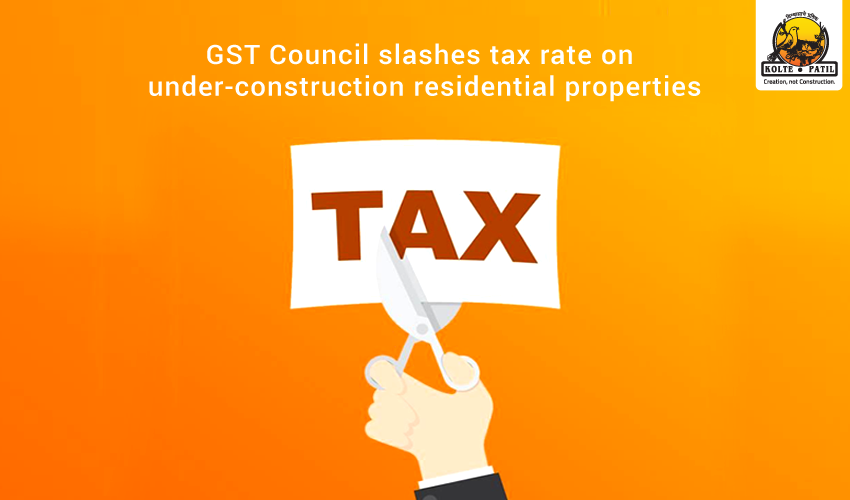
Real Estate Ups And Downs In One Year Of GST
When the Goods and Services Tax (GST) was introduced in 2017, there were many apprehensions regarding its impact on businesses in the country. Conceived to consolidate multiple levels of taxation into one, GST has brought about a greater level of transparency and efficiency into the Indian economy.
More specifically, GST has introduced a greater level of transparency and efficiency in real estate transactional processes. Moreover, the recently revised GST rates have benefited homebuyers in several ways.
Here’s a look at the real estate ups and downs in one year of GST:
1.Transparency, efficiency and reliability:
GST has had a direct positive impact on the transparency and efficiency of the Indian real estate sector. The consolidation of multiple taxes in GST has eliminated the tax-on-tax system, weeded out spurious developers, and brought in a greater level of accountability and professionalism into the sector.
2.No reduction in property prices:
When GST was introduced last year, it was anticipated that it would reduce property prices across the country. On the contrary, there has been no significant impact on the ground in terms of property prices. However, if costs like stamp duty and registration fee are brought under the purview of GST, then the property prices will certainly come down.
3.Impact on under-construction properties:
Real estate properties that have been issued completion certificates are exempt from GST rates. On the other hand, properties that are under-construction are taxable under the GST regime at 12 per cent, with full input tax credit (ITC). This has resulted in a new trend, with more and more homebuyers choosing to go for completed, ready-to-occupy residential projects. There are obvious advantages of investing in completed projects, like immediate possession, limited risk and easier facilitation of home loans.
4.No GST to be recovered under affordable housing scheme & CLSS:
In the context of the recently revised GST rates, the Finance Ministry of the Government has issued a directive to real estate developers stating that no GST is to be recovered from homebuyers making purchases under the affordable housing scheme. The Ministry has asked developers to adjust the GST amount against the input credit, both of which are approximately at the rate of 8%. The GST Council has also extended the concessional rate to houses that have been constructed or acquired under the CLSS (Credit-Linked Subsidy Scheme) for the economically weaker section (EWS), the lower-income group, the middle-income group-I (MIG-I) and the middle-income group-II (MIG-II).
5.Benefits to Developers:
One of the biggest benefits to real estate developers is that construction costs have come down significantly. The Input Tax Credit (ITC) system has negated double or triple taxation and has brought it down to a more moderate level, thereby directly impacting construction costs.
6.Complex tax slabs:
A major challenge that real estate stakeholders continue to face even after a year of GST is complex tax slabs, coupled with unclear components of GST like integration of Input Tax Credit (ITC), land values and anti-profiteering provisions. The anti-profiteering clause, which was incorporated to pass on the benefits of ITC to end-users, has turned to be one of the drawbacks of GST. Moreover, there are still many concerns pertaining to ease of registration and compliance.
Although there have been ups and downs with GST, it is expected that once the initial glitches are addressed, it will prove to be a step in the right direction. Moreover, the new GST rates—with concessions on affordable housing and purchases made under the Credit-Linked Subsidy Scheme (CLSS)—have much in store for homebuyers.






